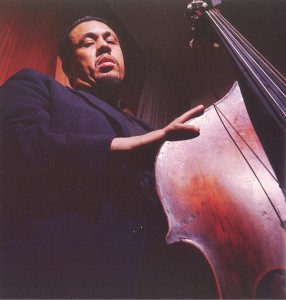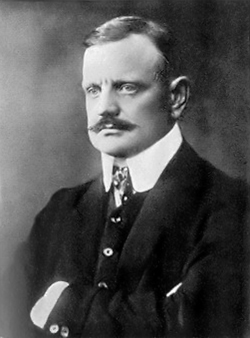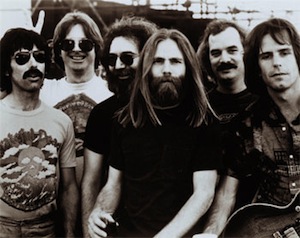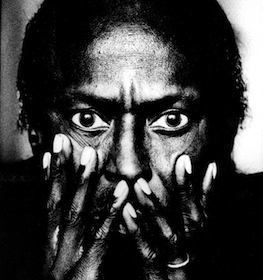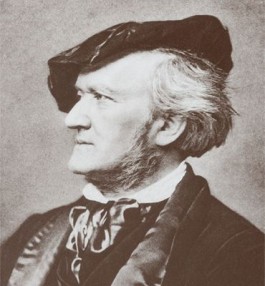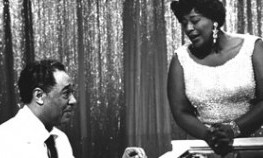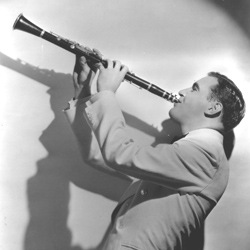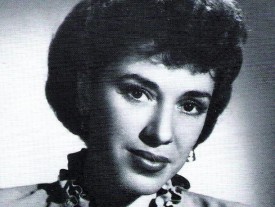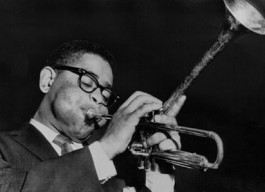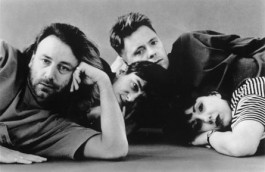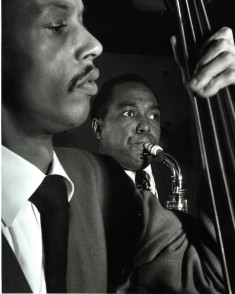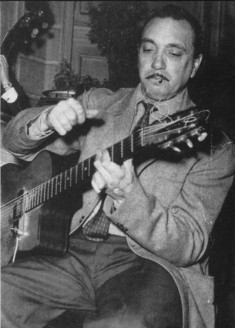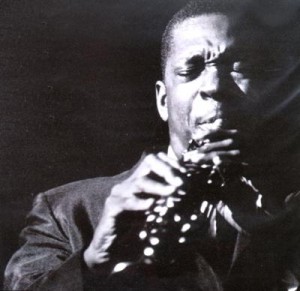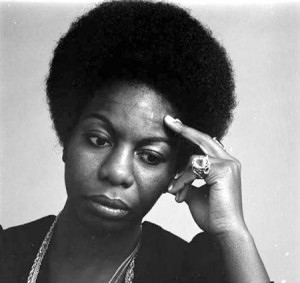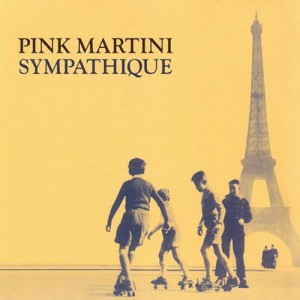Last night was a stack of Mingus, and a stack of Sibelius. Both who were pretty amazing artists with a strong sense of history behind them. On the one hand you have Sibelius who’s output through the first half of the 20th century sounded more like a polishing of the romantic tradition. And it is hard not to get a sense that he was a composer born about 50 years too late. But I while my inclination is to think that someone writing in such an out of date style shouldn’t necessarily be celebrated, Sibelius was able to write symphonies and chamber music that while sounding older also had a very personal stamp. His orchestration especially can be very unique, and there are times where I hear granular synthesis textures that remind me of Sibelius string writing. At times there are masses of sound that are dense but clear at the same time in his music, and analyzing the score doesn’t always immediately show how he does it.
During my time at Berkeley the orchestra played the Fifth Symphony, and this piece still really holds a special place for me. The music is great, but I also think Sibelius was able to create a sense of urgency in a cool tricky way between the ‘two parts’ of the first movement (originally, these were two separate movements). The first part is quite slow, but as the transition happens, what were once quarter notes become whole notes… and as the tempo increases the performers eyes have to scan the page faster and faster. I remember feeling like the page turns were hectic. As a result of this, of the musicians playing the music having to read the page so much faster, I think he created momentum in the music as well. I would have to look again, but if I remember correctly the whole second section of the movement could have been written with a slower notation (similar to the first part – where what is a fast whole note would become a quarter-note), but my guess is the fast pace wouldn’t quite hold. The other result of this is that almost every note that is played is a downbeat. It is a great example of how much the notation of a musical idea can influence how it is played, and it is something I still think about constantly when I start putting musical thoughts down on paper.
Mingus’ connections to an older time go back to his childhood hero Duke Ellington. And he even was employed (and was the only person ever fired by) Duke Ellington early in his career. Mingus never lost respect for Ellington, and even worked with him in other situations later on, but Ellington’s style permeated Mingus’s throughout his career. You can often hear Ellington in Mingus’s orchestration and melodic shaping and phrasing, but mostly there is an sense of energy and style that Mingus seems to keep alive. And most of all, he took his position as a connector between old and new very seriously. He led workshops at community colleges in California, and kept the older traditions alive. Part of this tradition included performing standards, but making them a groups own, keeping them alive by changing them. Listening to ‘Mood Indigo’ across different sessions shows how the music kept growing with Mingus at the lead.
And like Duke Ellington, Mingus as band-leader seemed to have a great time making room for the musicians he has brought together. There is the occasional bass solo (and recording engineers certainly would bring the bass out in a recording a bit), but mostly you hear quite a bit of the other players that he has assembled for a recording. And he places these players in great relief to the history he is making them a part of… you hear Mingus, Ellington, homage to pre-WW II and even pre-WW I jazz styles, as well as the very vocal encouragement from the band leader. Call and response, going back to the earliest of jazz and blues traditions is part of the excitement of many Mingus recordings. And while so much looks to this history, Mingus is a great composer and innovator. I’m sure he saw himself as adding new material to that history and he took his role there very seriously. It’s what all great artists need to do.


